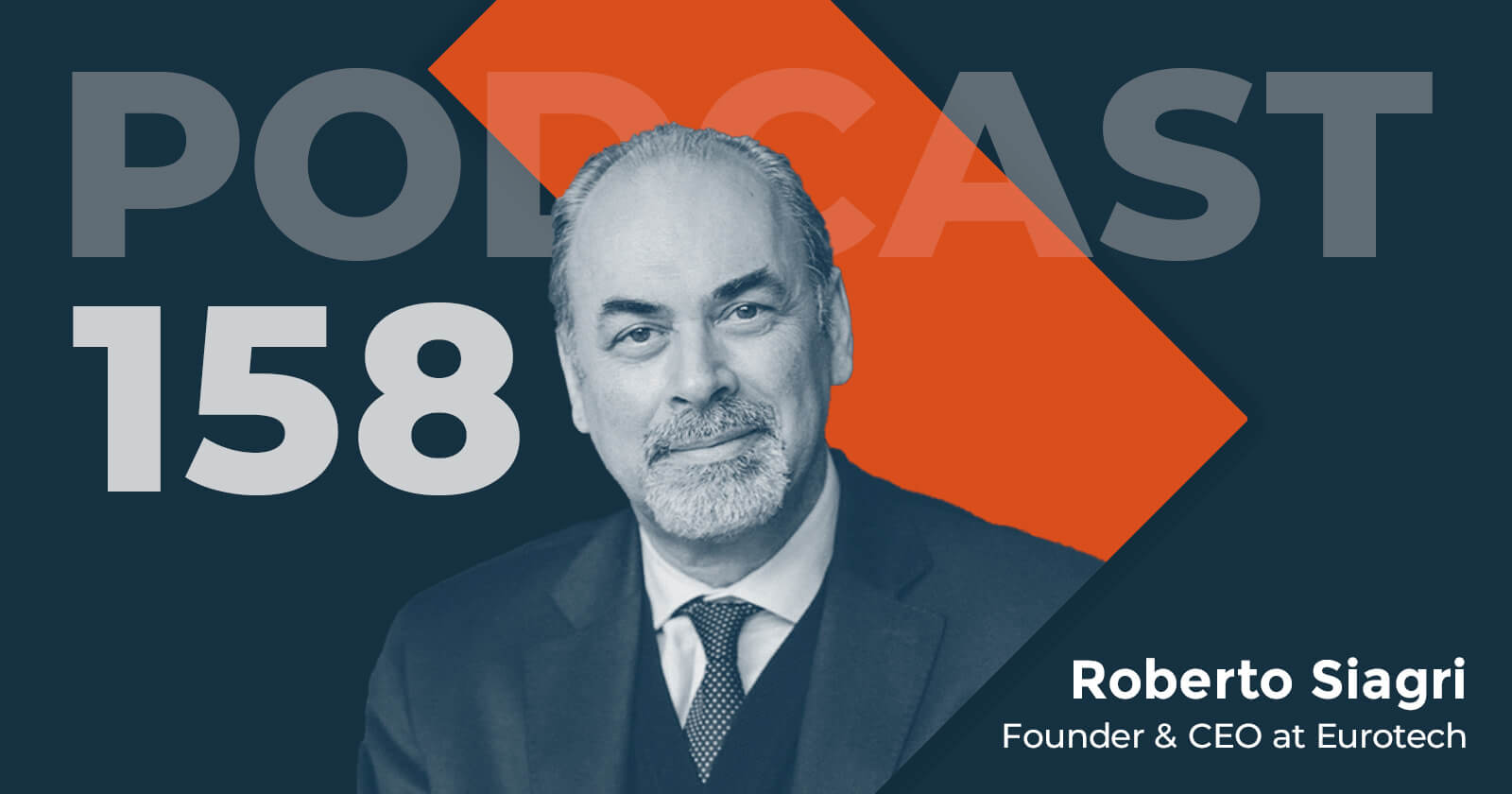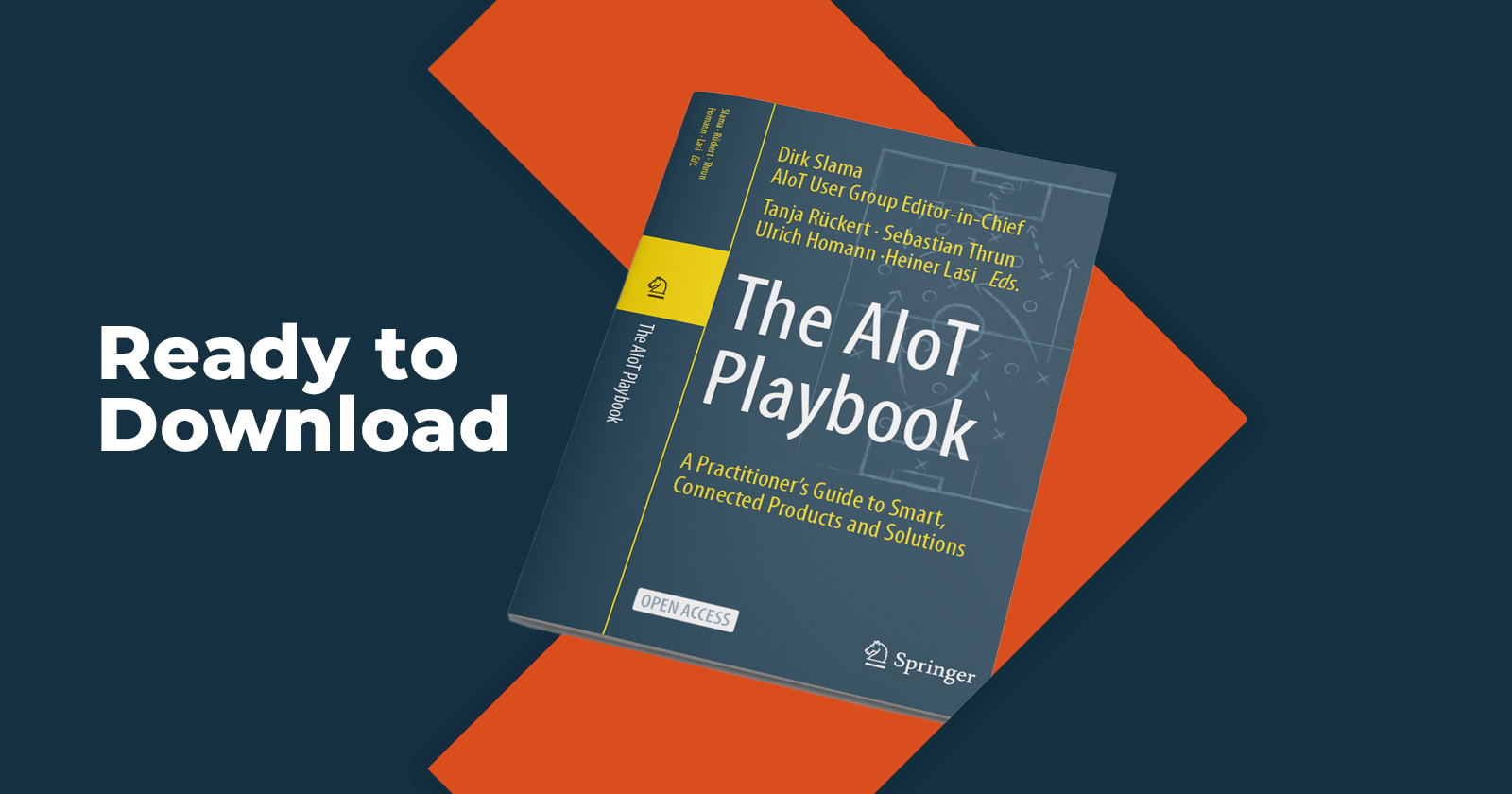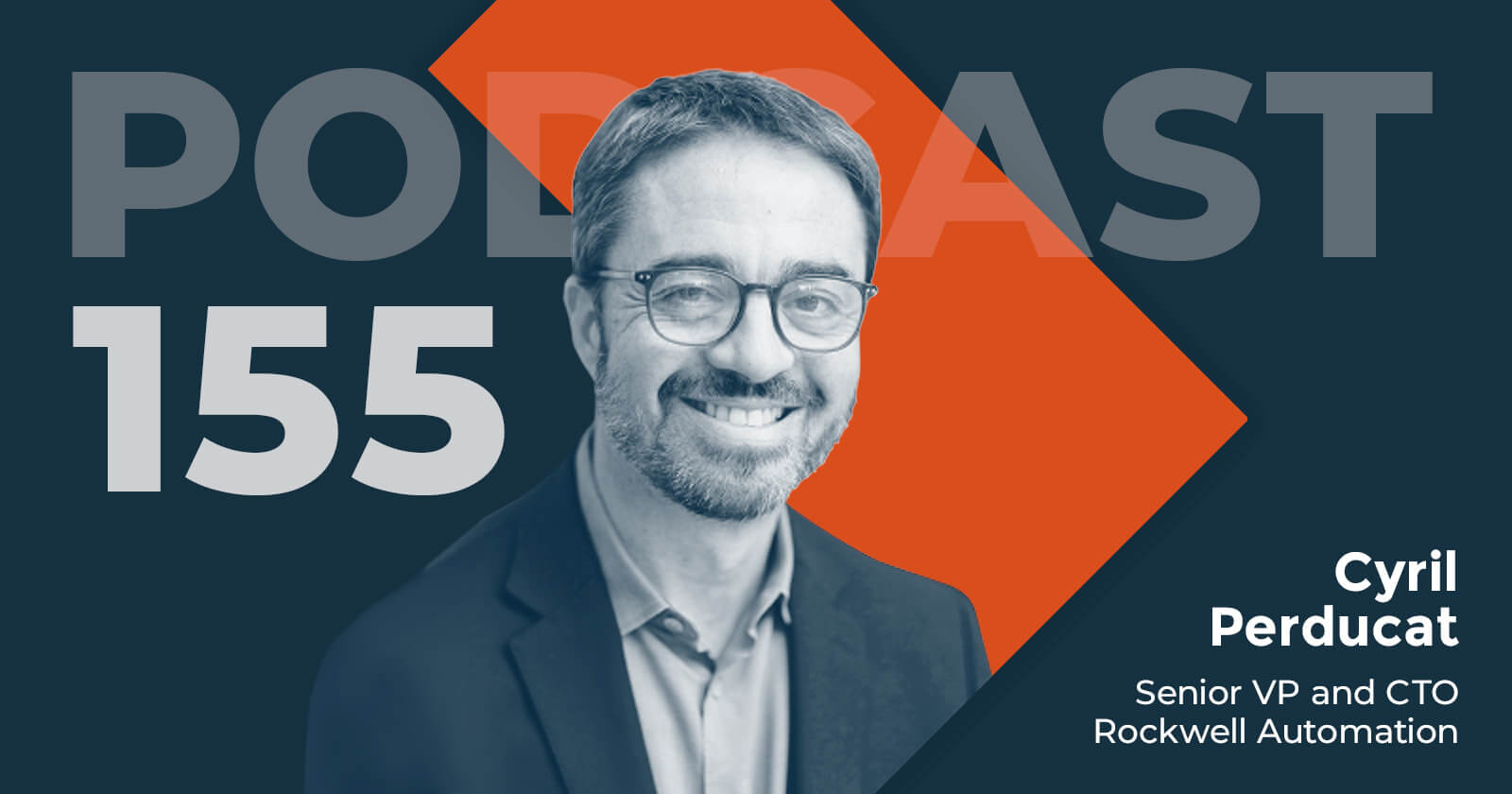Spotlight Series: Digital Industry: A Utility Sector Perspective
Ken Forster

This series highlights the key insights and lessons from our Digital Leadership series of podcasts. We spotlight the important takeaways from our interviews in an accessible format. The following insights come from Thierry Godart, technology executive with long history of driving growth and innovation in the utility industry. Stay tuned for the full podcast interview with Thierry, in the meantime, take a look at our full library of podcasts.
Can you provide some professional background; how did you get involved in the electric utility industry, and particularly use of digital technology by the industry?
Yes, and thank you again for having me. Since college really, I’ve always been involved in the application of technology to the power industry. Most recently I spent four years at Intel promoting the computerization of energy and industrial automation system. Prior to Intel I worked at large equipment manufacturers – like Siemens, Schneider, ABB, and General Electric – in various roles but always growing the IT and OT portfolios for utilities and industrial users. I’ve worked with utilities as my clients for over 25 years, and also across the world. I was very fortunate to be directly involved in some of the major shifts of the industry which required innovation with digital technology.
That experience you’ve had, how does that inform your views on digital technology, where we are today, and where we’re going?
My background of understanding this legacy world, and the fundamentals of power system operations, allows me to put a critical eye on digital technology that are not mature enough. Then I become the trusted adviser that recommends proper solutions to utilities, who want to try digital technology to solve their problems effectively. To get there I do spend considerable amounts of time in learning the new technologies and analyzing the true cost benefit ratio. This analysis often results in significant modification and adaptation of these technologies, for them to work in the power industry.
What are the biggest changes you’ve seen in the utility industry over the course of your career? What are the most fundamental changes?
One thing that doesn’t change is the fundamental role of the utility, which is to operate and maintain a very reliable infrastructure to deliver electricity to all at the lowest cost possible. Utilities are not going to jump on the latest and greatest trend, just because it’s kind of cool. The shifts I’ve seen are really non-digital shifts, I’ve seen three major shifts since 1990. The first one was power electronics, the second one was gas and wind turbines, the third one is photovoltaics and battery. Those are non-digital innovation that have driven the need for digital transformation.
In recent years, of course, now we see a major shift with battery storage that will finally make solar power scalable and reliable, as a major source of electricity. Now we see another big regulatory initiative which is to allow people, even you and I, but most importantly industrial customers to generate their own power, and maybe to contribute to the overall society needs of clean power.
How do you see, particularly as we look forward, the changing consumption patterns? we’ve seen a lot of investment and effort go into improving efficiency and energy consumption, reducing electric consumption over time, but we also see a parallel particularly recently new sources of consumptions such as the growth of the electric vehicle. What are your thoughts on that, and how that ultimately impacts the industry?
Yes, you’re right. The energy efficiency initiative which started a long time ago, during the oil crisis of the OPEC in the seventies went on and on, and it got really better with LED lights, HVAC appliance and so forth. This was a major disruption because from a utility point of view, this was a pure reduction of kWh consumption, resulting in a direct impact on utility revenue, but really without mitigating the cost of operating the grid. Essentially the utilities had to maintain the same infrastructure with a lot less revenue, just because for a few hours of the year the grid would see a peak demand, requiring its full capacity.
The next wave of energy efficiency was demand response, which is about giving incentives to people to not contribute to a higher peak, and eventually re-defer investment in great infrastructure. That has a very nice benefit for utility, because it does reduce some of the revenue, but more importantly reduce their capital expenditure. And now with electric vehicles, solar, and storage, we could finally achieve a much more efficient energy system where peaks are shaved continuously, because you could have a concept, we call a virtual partner. This is essentially batteries and solar, including charging stations that are now connected and dispatched at the right time.
If you don’t do that, one thing that could backfire is a very plausible scenario of people starting to charge their car, and creating a new peak at the wrong time, leading to for example starting a peak generator, a gas turbine, just because people are charging their car in the middle of the day. You have the need for digital information for data to be able to really monitor, predict, and dispatch these resources. The new consumption pattern will definitely benefit by shaving the peak, and making the grid a lot more stable, but it requires of course an intelligent system, more than automation, but an intelligent system that can predict.
There are significant differences between how utilities are operated around the world, how the utility industry is structured around the world. As some of these changes that we’ve talked about come into play, do you see these differences persisting, or will there be some convergence in how these power grids are operated in different parts of the world?
Yes, you’re correct, it always amazes me working with utilities across the world for 20 years, it’s like producing and delivering at first should be a very standard process, and not so different, but it is. There’s been engineers over generations designing unique systems and creating a legacy of complicated electrical systems. Actually, there’s a movie that’s just come out about the war between Edison and Westinghouse on DC versus AC systems, it’s a fantastic movie by the way for those interested in this world. It continued on, you have major differences, physical differences between how the grid is architected in Europe versus how it is done in the US. In the sphere of influence, you have this major difference, which of course prevents a complete convergence. But as a matter of how you design markets and how you for example compensate owners of distributed energy resource today, we should really push for a single technical and commercial guideline.
In the transmission world again, we kind of achieve a lot of that, it was painful, but we ended up having a standard data protocol, a single way to describe in the digital world what a transmission system is, and that’s fairly worldwide today. Now it has tremendously reduced the risk because you have less customization, you have less complexity, and you can use standard off the shelf technologies to run the transmission grid. Again, when I look at distribution levels, or even microgrid levels, today it’s still very much early and you see a lot of complex systems that are very proprietary. I would say to move the needle we’ve got to push this convergence and standardization, starting with the commercial guideline, the regulatory guideline, to be fairly uniform, and that often leads to a more standardised way of implementing an intelligent energy system. Eventually that leads to a much lower cost.
What stands in the way of utility companies greater use of digital technology to move their business – and the industry – forward?
To me, there’s two. On the technology side there’s still a lack of open interfaces between equipment and automation systems, and on the utility side a need for better data-driven operating procedures, so let me elaborate. For digital technology to work in the power system it has to be a well-integrated combination of safe and reliable hardware, with useable and secure software. All this at a cost that is justifiable for regulated capital budget. Traditionally you’ve seen the equipment vendors like Siemens, ABB, and so forth providing the automation systems to utilities, this on the one hand is great because those systems work very well with the equipment and device of the same brand. But on the other hand, of course they tend to be closed systems with proprietary software, which is costly to upgrade and hard to change.
What are the characteristics of a utility organization with a good digital transformation strategy? What makes one better than the other at doing it the right way and embracing it fully?
I call them smart utilities, they usually have a strong vision, not over 20 years but over the next five years, and they have an incremental roadmap. Utilities work a lot on an annual budget, they have to ask for money, sometimes rate case on an annual basis. A smart utility would have a five-year roadmap with annual incrementation and ranking the use case; where is the best bang for the buck and let’s start with those kinds of incrementations. Of course, this requires a supportive regulatory environment, and a somewhat stable financial situation.
But from an organizational point of view, I really see it working when there’s a cross-functional committee that’s got its own approved budget, and plan, and it’s all sponsored by the CEO. The cross-functional committee is usually presided by a Chief Digital Officer, or Chief Technical Officer, who knows how to listen to both operators, engineers, customers, let’s not forget the customers, and then regulators, and he knows how to create bridges across the silos of the organization.
Then from an execution point of view what I’ve seen is, fast, speed; fast project execution with very well-defined success criteria, so you define your matrics and you say, ‘Well, if we achieve that matric, we can rapidly scale and deploy to other areas of the company. So usually they would take for example a substation, and an area of the grid, try something, and if it works, they already know how to mobilize and deploy to all substations.
The last thing I’ve seen done well is a proactive transfer of knowledge - asking the vendor experts to come and train the trainer, make sure that they are internal experts that can take over and make their own decision on how to deploy that technology. Having to go back to the vendors every time is not a good idea, so you have to build your own expertise and that’s really important.
Let’s jump to the future if we could and get your perspective on where you think we’ll be five years from now, ten years from now, and again the role of digital technology. Of course, it’s like every industry, we know it’s going to be big; it’s going to be important as you pointed out, data and data-driven decisions will be increasingly important for the industry. But maybe if you could paint a picture from your perspective of what the utility industry of the future will look like.
I think in the future, climate change will impact utilities more and more, with both the frequency and intensity of climate events, like we’ve seen with the fires in California, the storms, the hurricanes, but also with the fact that consumers and politicians are going to demand a complete decarbonization of the power system. Utilities are being hit on both sides, and I do believe that carbon taxes in whatever shape or form will enable utilities to invest in energy storage, and solar powerplants, and further digitize the distribution grid. It could be that your solar panel on the roof is useful, but I see a lot more use of land by utilities to build utility-scale solar plant and battery farms.
I think in the future, the grid asset would be instrumented using 5G networks, I’m hoping I’d have several examples of utilities really getting proactive in using networks, either by buying their own network infrastructure, or by partnering with a telecom company. I definitely see that with 5G, so 5G would be finally along with utilities to build an accurate digital twin in the cloud, and with that you would be able to predict failures, consumer behaviours, and really correlate all this in a way that as I said earlier, the power system runs smoothly even though you have all these uncertainties connected to the grid.

Momenta Partners encompasses leading Strategic Advisory, Talent, and Investment practices. We’re the guiding hand behind leading industrials’ IoT strategies, over 200+ IoT leadership placements, and 25+ young IoT disruptors. Schedule a free consultation to learn more about our Connected Industry practice.



